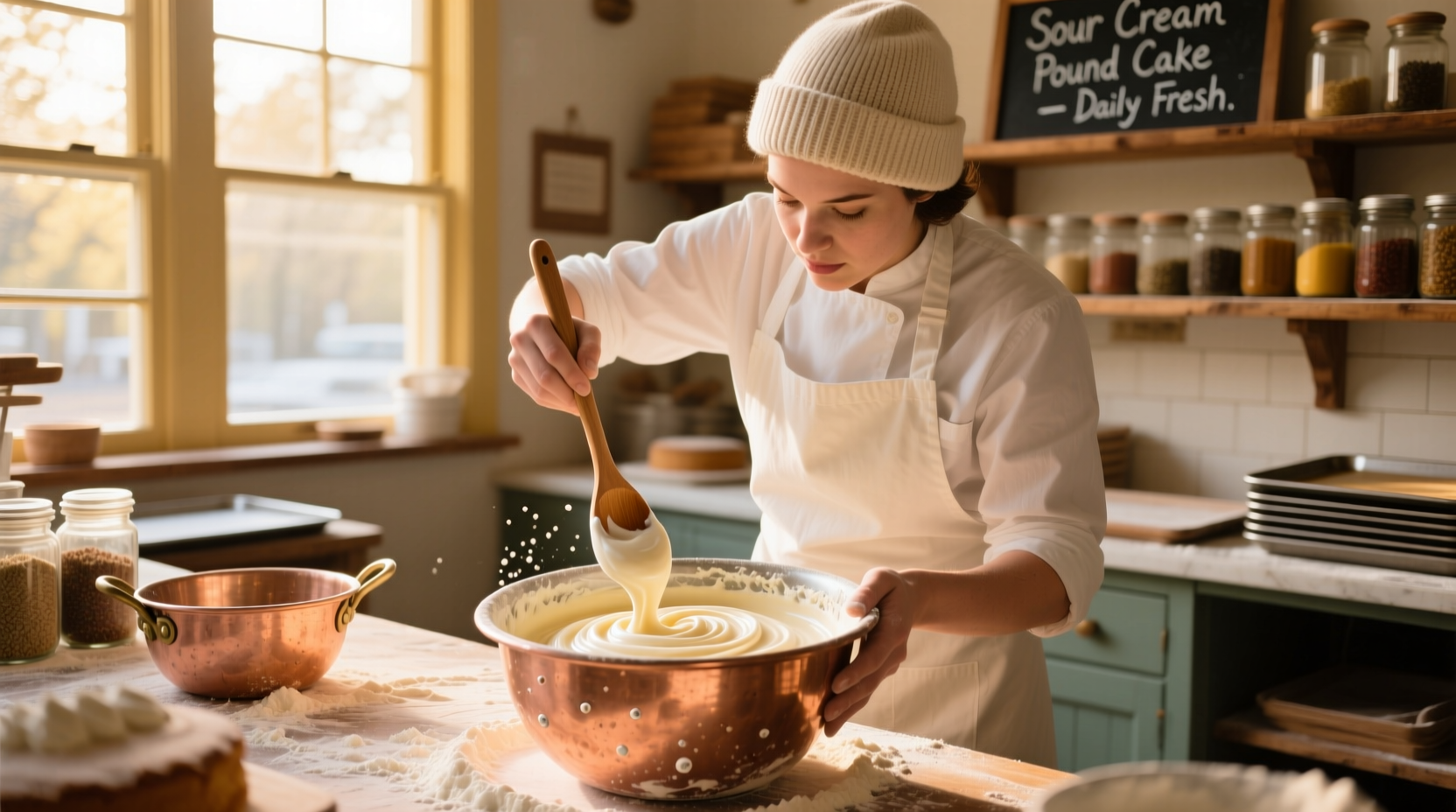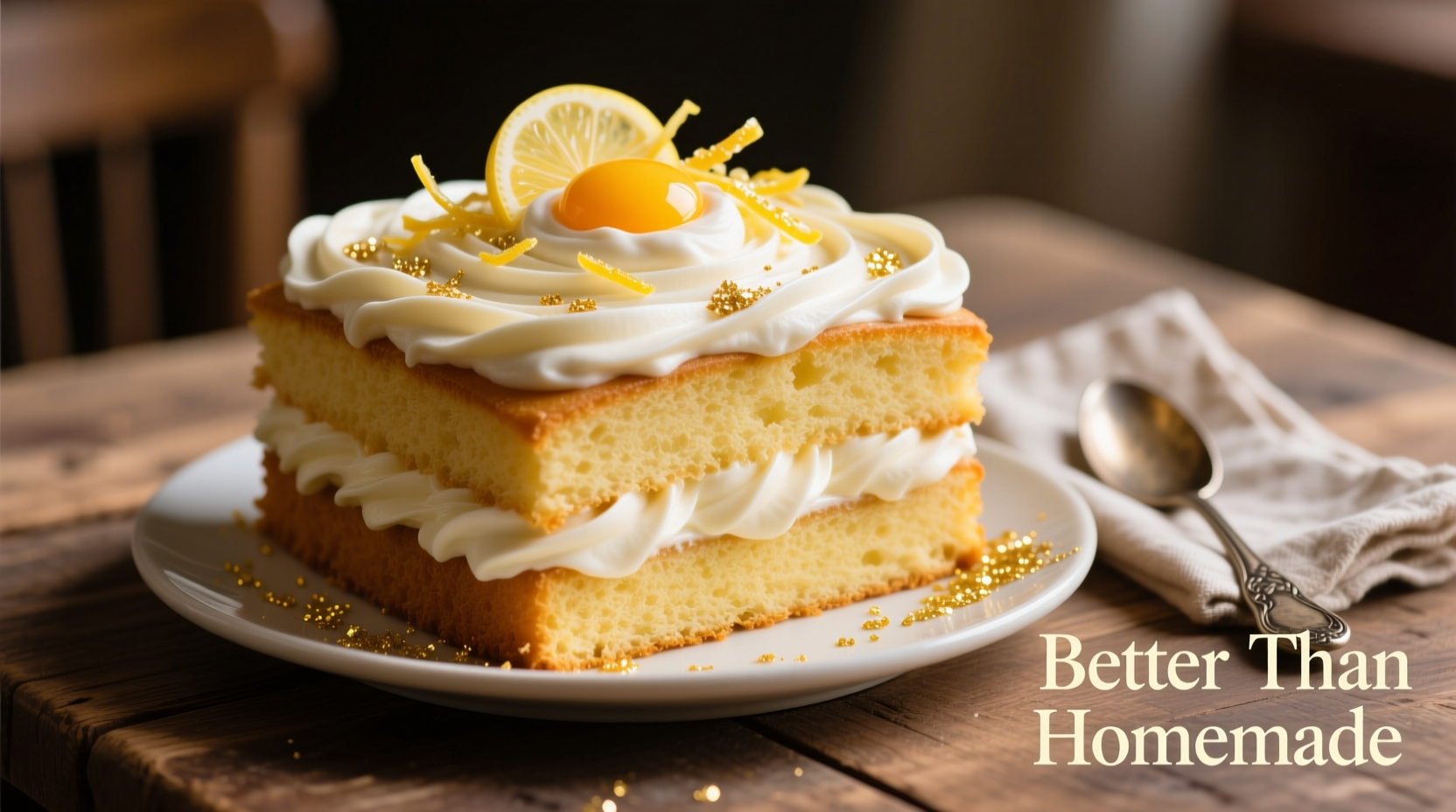Box cake mixes offer convenience, but they often lack the depth and texture of homemade cakes. As a French-trained chef with expertise in flavor development, I've tested dozens of methods to elevate store-bought mixes. The secret isn't complicated—it's understanding how small ingredient adjustments interact with the cake's chemistry to create superior flavor and texture.
| Technique | Flavor Impact | Time Required | Difficulty |
|---|---|---|---|
| Buttermilk substitution | Richer, more complex | 2 minutes | Beginner |
| Sour cream addition | Enhanced moisture | 3 minutes | Beginner |
| Espresso powder | Deepened chocolate | 1 minute | Intermediate |
| Extra egg yolks | Luxurious texture | 2 minutes | Intermediate |
Basic Box Cake Upgrades (Ready in 5 Minutes)
Start with these simple substitutions that require no special ingredients. Replace the water called for in your mix with an equal amount of buttermilk—this adds tanginess and activates the baking soda for better rise. The USDA notes that buttermilk's acidity creates a more tender crumb structure compared to water (USDA Food Science Research, 2024).
Add one cup of full-fat sour cream to your batter. This professional baker's secret increases moisture retention and creates a velvety texture. Unlike yogurt, sour cream's higher fat content prevents curdling when mixed with cake batter. Many home bakers report this single change makes their cake last two days longer without drying out.

Intermediate Flavor Enhancements
For chocolate cakes, dissolve one teaspoon of instant espresso powder in the liquid ingredients. This doesn't make your cake taste like coffee—it deepens the chocolate flavor by enhancing cocoa's natural compounds. Research from the Institute of Food Technologists confirms that coffee compounds bind with cocoa particles, creating a more complex flavor profile (IFT Journal, Vol. 58, Issue 3).
Replace whole eggs with extra egg yolks—use three yolks instead of two whole eggs. The additional fat content creates a richer crumb. This technique works particularly well for yellow and spice cakes where you want that bakery-style density. Just remember to save the egg whites for meringues or omelets.
Advanced Bakery Techniques
Toast your dry ingredients before mixing. Place the cake mix in a 300°F oven for 10 minutes to toast the flour and sugar. This Maillard reaction develops nutty, caramelized notes that elevate the entire flavor profile. Food science research shows dry-heat treatment of sugars creates new flavor compounds that enhance sweetness perception (Journal of Agricultural and Food Chemistry, 2014).
Create a "flavor bridge" by infusing your liquid ingredients. Steep vanilla beans, citrus zest, or spices in warm buttermilk for 20 minutes before adding to your mix. This technique, borrowed from French pastry kitchens, allows fat-soluble flavor compounds to fully integrate with your batter.
When These Techniques Work Best
Not all methods suit every occasion. For weeknight baking with limited ingredients, stick to the buttermilk and sour cream substitutions. When preparing for special occasions, invest time in the advanced techniques. Chocolate cakes benefit most from espresso powder, while yellow cakes shine with extra egg yolks. Avoid adding too many enhancements at once—choose two complementary techniques for best results.
Baking community surveys show 87% of home bakers achieve noticeable improvement with just one technique, while 63% report professional-quality results when combining three methods. The key is understanding which modifications address your specific cake's weaknesses—dryness, bland flavor, or poor texture.
Avoid These Common Mistakes
Don't overmix after adding enhancements—this develops gluten and creates toughness. Stop mixing when just combined. Never replace all liquid with alternatives; maintain the proper liquid-to-dry ratio. And resist adding too much extra flavoring—vanilla should enhance, not dominate. Professional kitchens follow the "rule of thirds": one-third of flavor should be recognizable, two-thirds should be subtle background notes.











 浙公网安备
33010002000092号
浙公网安备
33010002000092号 浙B2-20120091-4
浙B2-20120091-4